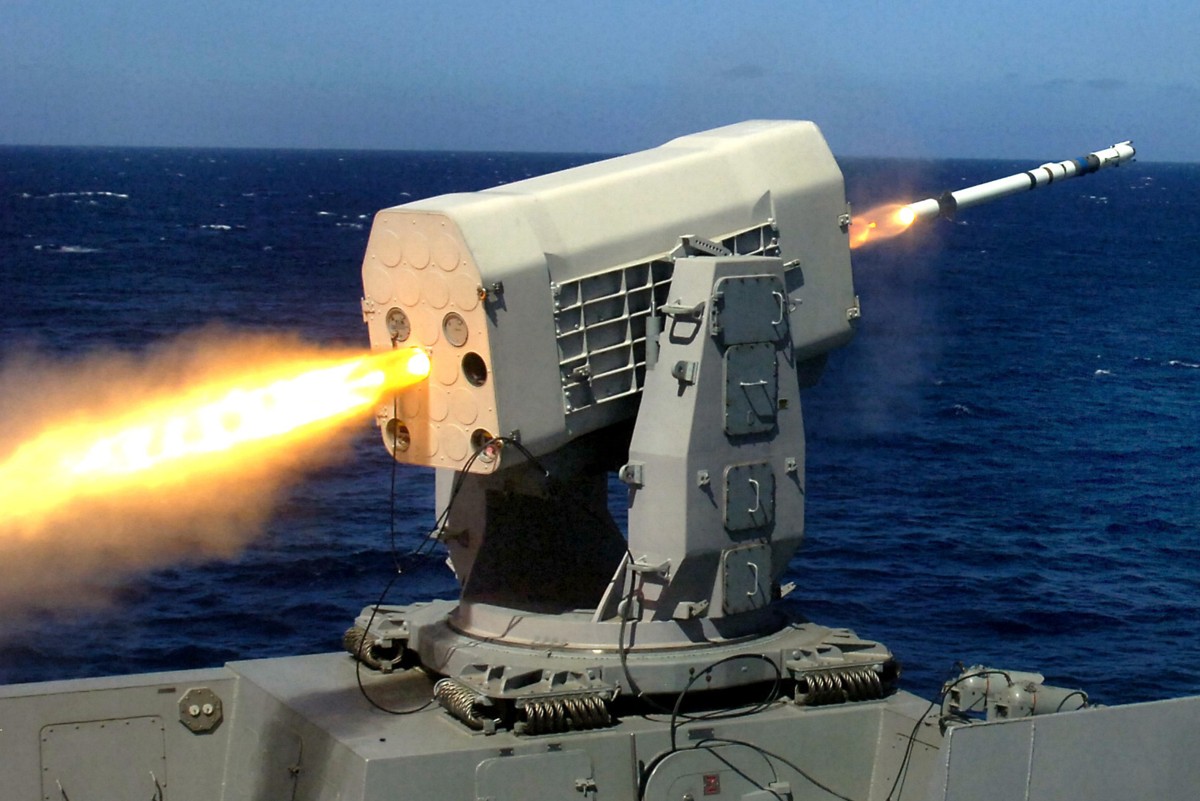In a striking demonstration of military prowess, the Rim-116 Rolling Airframe Missile (RAM) has solidified its status as a cornerstone of the U.S. Navy’s defense strategy. Designed for high precision and supersonic speed, the RAM is engineered to neutralize threats before they can even register an attack. With nations like the Netherlands and Turkey integrating this formidable missile into their naval fleets, the implications for global maritime security are profound.

The RAM’s origins trace back to July 1976 when General Dynamics partnered with Denmark and West Germany to develop a self-defense missile system. Following Denmark’s exit, the U.S. Navy stepped in, leading to the creation of a highly reliable naval defense system. The RAM is launched from a Mark 114 guided missile launcher, capable of storing 21 missiles and engaging targets up to 5.4 nautical miles away. This capability is crucial, allowing naval vessels to intercept incoming threats such as aircraft and missiles before they escalate into serious risks.
Compact yet powerful, the RAM measures just 2.82 meters in length and weighs 73.5 kilograms, making it easily deployable on various naval ships without compromising structural integrity. Its warhead, a high-explosive blast fragmentation device, detonates on impact, effectively dismantling threats with lethal precision. The missile’s guidance system is particularly noteworthy; it employs a dual approach of passive radar and infrared tracking, ensuring high accuracy against fast-moving targets.

Powered by a solid propellant rocket motor, the RAM can reach high speeds almost instantaneously, making it an essential tool in urgent defense scenarios. Despite its advanced technology, each missile costs approximately $950,000, a testament to the sophistication packed into this compact weapon.
Over the years, the RAM has undergone significant upgrades, culminating in three key versions: Block Zero, Block 1A, and Block 2. The Block 1A introduced autonomous infrared guidance, enhancing effectiveness against modern threats. The most advanced Block 2 version, operational since 2014, boasts improved agility and speed, designed to counter maneuverable threats.
The RAM has proven its effectiveness in various combat scenarios, protecting against a spectrum of threats, including high-speed supersonic missiles and sea-skimming anti-ship missiles. Its real-time tracking and destruction capabilities position it as one of the most versatile systems in contemporary naval warfare.

A unique aspect of the RAM is its rolling action during flight, which enhances tracking accuracy to an impressive 95%. This innovative design reduces the complexity of steering systems, making the missile more efficient and reliable.
In April 2021, the RAM’s capabilities were put to the test when the USS Charleston successfully launched one during a live-fire exercise, reaffirming its reliability in active naval defense. Today, the RAM is deployed on over 165 ships across 11 countries, underscoring its widespread adoption and proven performance.
As the geopolitical landscape continues to evolve, the Rim-116 Rolling Airframe Missile stands as a testament to advanced military engineering and a critical asset in the U.S. Navy’s arsenal, ensuring maritime dominance in an increasingly complex global arena.





